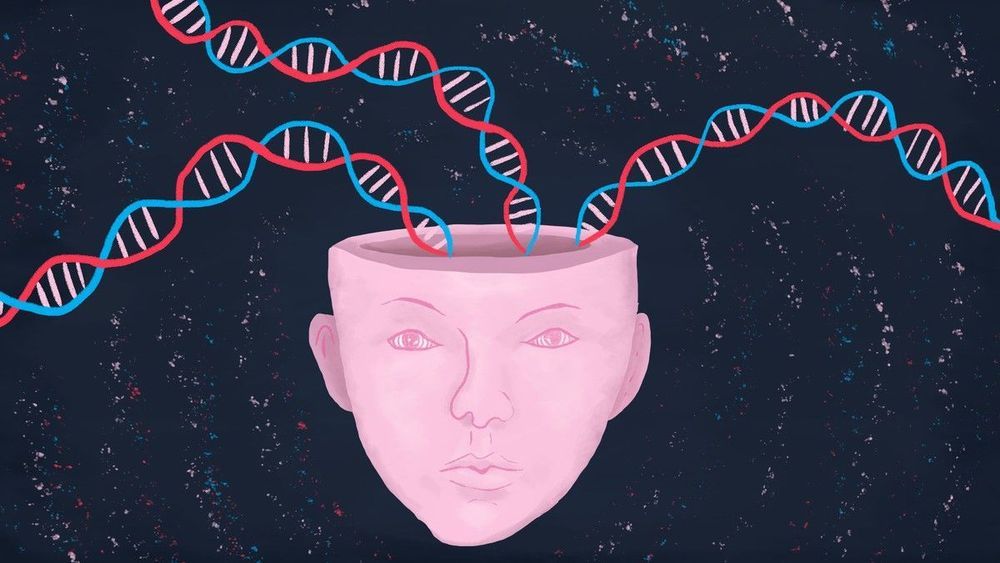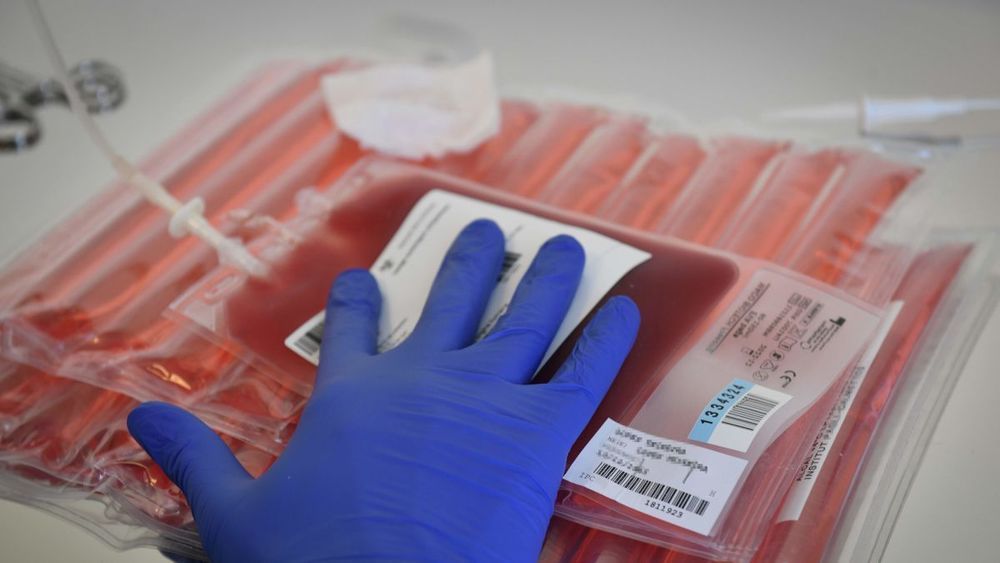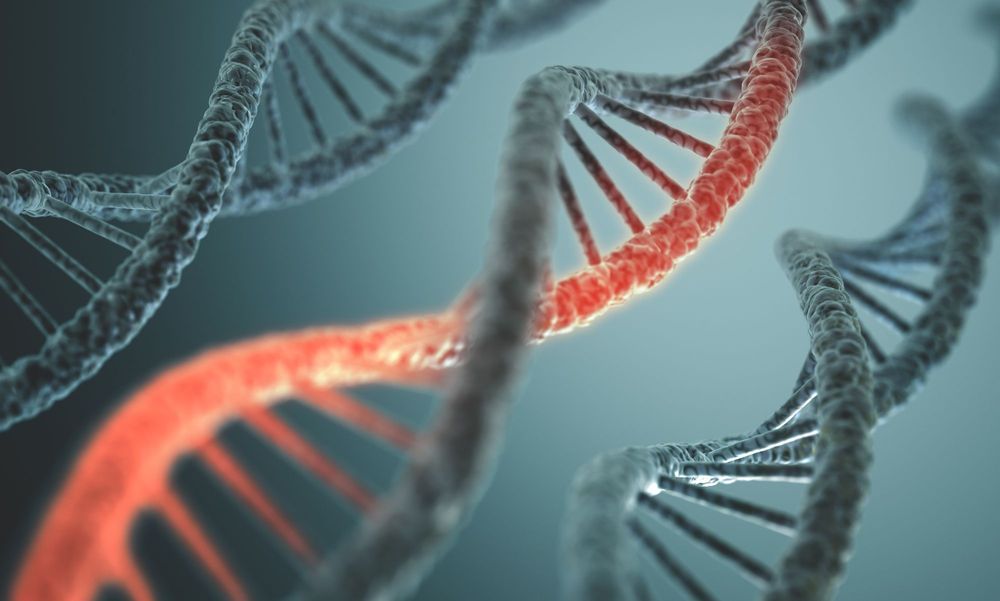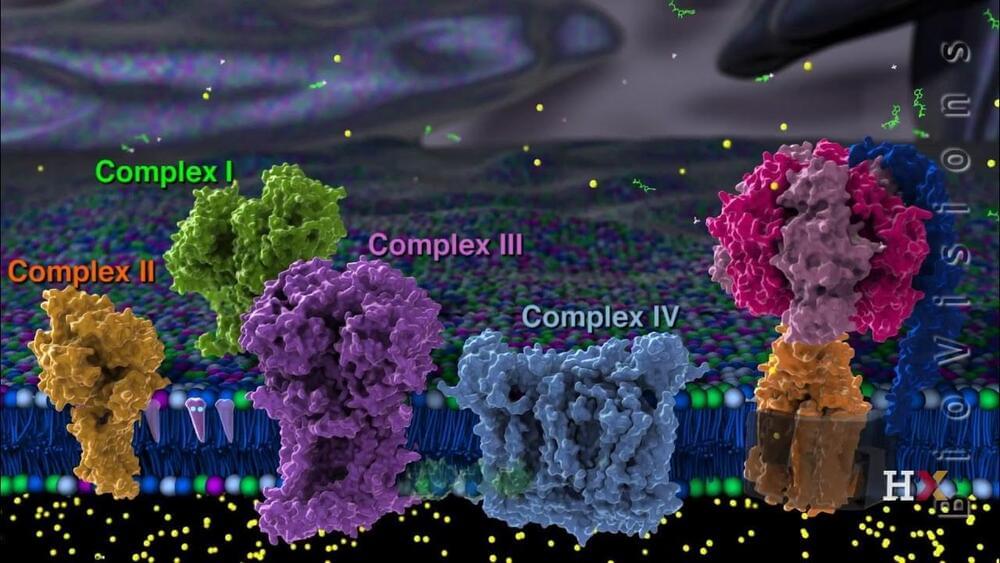Feb 6, 2020
Extreme Cold Being Utilized To Save Lives
Posted by Paul Battista in category: biotech/medical
Extreme cold is being utilized to bring humans back from the brink of death; after being shot or stabbed and losing half of your blood there is only a 5% chance for survival, but this experimental procedure may help to increase these dire odds.
It is not unheard of for victims of cold water drownings to be successfully resuscitated, this led to Mads Gilbert coining the phrase “nobody is dead until warm and dead” after resuscitating a woman who fell through ice and her temperature dropped to 13.7C. Incidents such as these also raise questions about the likelihood of the science of cold helping to bring humans back from the brink of death.
Trauma surgeon Samuel Tisherman is putting the science of cold to the test, rather than warm patients up he is cooling them down. In 2019 a patient was placed into suspended animation for the first time by Tisherman and his team at the University of Maryland School of Medicine. The procedure described in New Scientist details how the patient was rapidly cooled down to 10-15C which temporarily stopped vital functions to put the patient into a state somewhere between life and death. The team was investigating whether stimulating the same situation as drowning in cold water in a hospital setting could help patients.

















